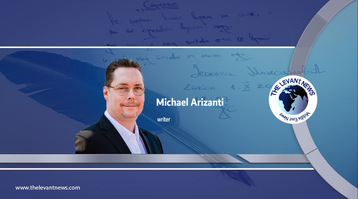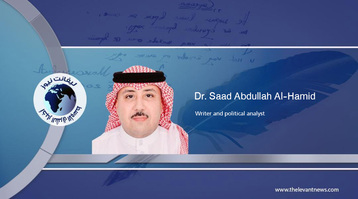-
Arab Spring Lessons to Kazakhstan

It is too early to label the protests in Kazakhstan as a revolution. However, the quickly evolving turmoil inside the geographically-vast and politically-loose Turkic country, and the regime-facilitated intervention of Russian forces to suppress the protests, are serious indicators that the hardline regime in Kazakhstan is on the edge of the cliff.
The current turbulences in Kazakhstan are very reminiscent of the early days of the Tunisian revolution, which erupted in later 2010/early 2011, and inspired the sweeping wave of Arab Spring revolutions that forever changed the face of the Middle East and North Africa (MENA) region. Measuring on the lessons learnt from the successful and failure cases of the Arab Spring, we can draw expectations about the situation in Kazakhstan and whether the popular anger may extend to other Turkic countries, which are also suffering from administrative corruption and economic pitfalls, to create a “Turkic Spring” of some kind.
In that sense, it is important to ask whether Kazakhstan is becoming “the Egypt” or “the Syria” of the Arab Spring. In other words, will the Kazakh regime prioritize preserving the coherence of the nation-state and gives up the political leadership, or will the Kazakh regime exaggerate the use of violent power to suppress the protests fast, even though this could lead to dismantling the nation-state and prompt an infinite cycle of political and security chaos.
Building on similar instances from the Arab Spring (2010-2011) and the revolutions of Eastern and Central Europe (1980s - 1990s), three main factors should define the answer to this critical question about Kazakhstan. The First factor has to do with the reaction of the regime to the growing and persistent protests, and how far the regime will go with using violent repression to control the public insurrection. The second factor is the behavior of the protesters in terms with their collective nonviolent discipline and their willingness to settle to or reject the compromises offered by the regime. The third, and most decisive, factor is about the interaction of the armed forces, either the military power or the police forces, with the protesters and the level of sympathy they have, or lack of, towards the legitimacy of the protests and the demands of the protesters.
Between the success and failure of Arab Spring countries in surviving the revolutions aftermath, the main determining factor was the military. That is; the strength and popularity of the military institution among the protesters, the political and economic independence of the armed forces from the hardline regime, and the strategy employed by the military institution to contain the popular protests after the removal of the corrupt state officials. The cooperative military response, in the case of Egypt and Tunisia, to the nonviolent dissent, in comparison to the repressive military response to the nonviolent protests in Yemen, Syria, Libya, and even Iran, made the whole difference between the failure and the success of the Arab Spring revolutions and their aftermath.
Military cooperation, in the aforementioned cases of the Arab Spring, does not necessarily mean that the military believed in the goals and legitimacy of the revolutions. But, even the “negative” cooperation of the military, by choosing not to kill or violently repress the protesters in obedience to regime orders, allowed the nonviolent protests to continue mobilizing supporters and thus growing the protests and undermining the legitimacy of the authoritarian regime. The relationship that was developed between the Egyptian military and liberal democratic revolutionists throughout the eighteen days of protests in Egypt’s Tahrir Square, in 2011, was a determining factor in accelerating and smoothing the process of removing the authoritarian regime.
In Kazakhstan today, the scenario is even more complicated. The current President, Kassym-Jomart Tokayev, is only a figurehead to the former dictator, Nursultan Nazarbayev, who has ruled the country since announcing its independence in 1991, and continued to rule from behind the scenes since the fraudulent election of Tokayev in 2017. The Kazakh Armed has been weakened, over decades, due to regime corruption. The many United States initiatives to provide technical and financial aid to the Kazakh military, during the early years of U.S. intervention in Afghanistan, did not lead to any tangible improvements in the Kazakh army, which is still highly dependent on and loyal to the Russian military. Russia is Kazakhstan’s top resource for armament, and the personnel of the Kazakhstan army receive their training and education in Russia.
So far, dozens of protesters have been killed and hundreds got injured, as Tokayev ordered the security forces to shoot fire on the protesters without warning. As we have seen in the Arab Spring, Tokayev violence backfired by increasing the number of protesters and the geographic scale of protests. Therefore, on January 7th, Tokayev requested Russia intervention per the Collective Security Treaty Organization (CSTO). Immediately, Russia deployed 2500 troops to Kazakhstan to suppress the protests. Sadly, it is highly expected that the Kazakh military will cooperate with the Russian troops on killing the Kazakh people, to repeat the horrible scenario of the Syrian Arab Spring revolution.
BY: Dalia Ziada
You May Also Like
Popular Posts
Caricature
opinion
Report
ads
Newsletter
Subscribe to our mailing list to get the new updates!



















